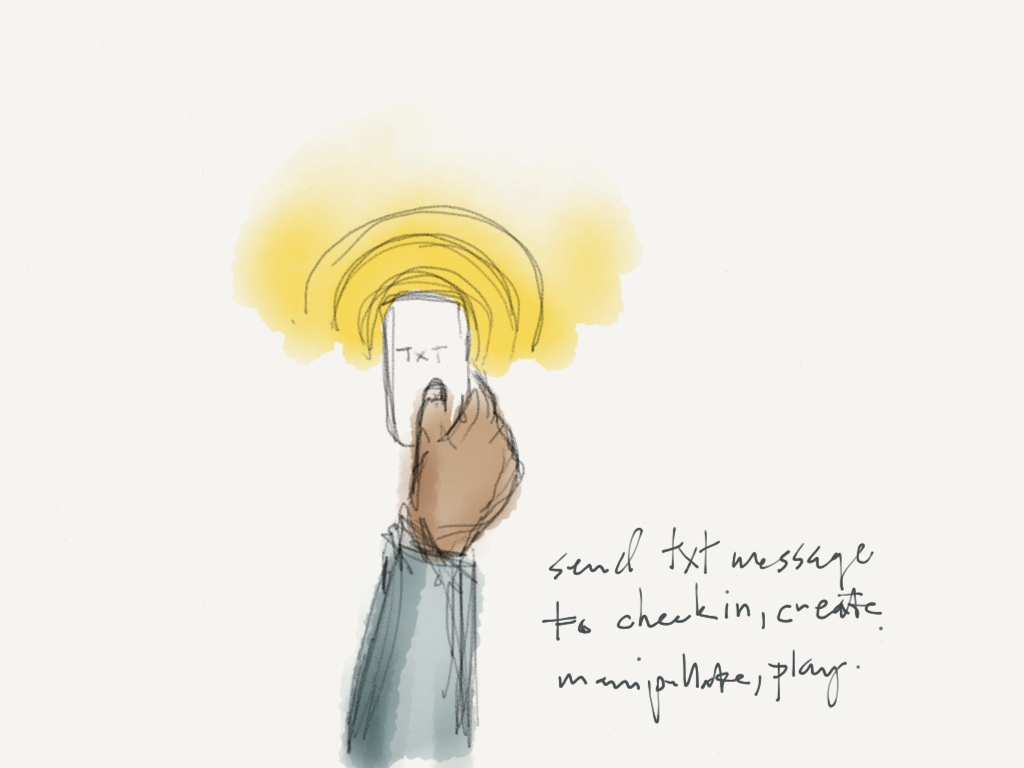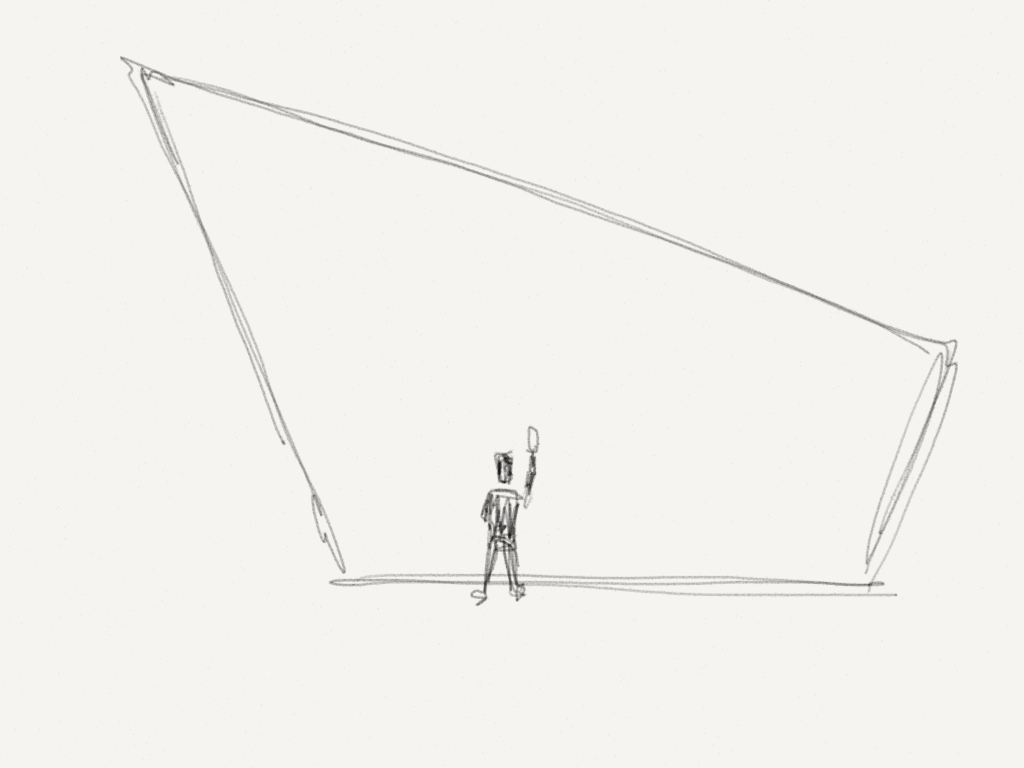Version control of Unity3D projects using Mercurial on Mac OS machines and Unity 3.5+ This article is meant to be a definitive guide on how to properly version control your Unity projects! Version control is one of the most important tools in any developer’s arsenal. It allows you to easily roll back changes if you accidentally break something, compare older… Read more →
Author: RafaelFajardo
Crowd gaming for kids and other playful spirits: Project progress
Found a project attempting some similar things. The creator (Tommy Paaske Hansen) gave up on the OpenCVSharp+Kinect direction in favor of some Sony PS3eye cameras: Also the PS3Eye cameras that I’m using (and the kind people over at codeLaboratories: http://codelaboratories.com/ have spend alot of time doing drivers for), did not work well in the OpenCvSharp port… That is, I was… Read more →
NI Mate real time motion capture and sound control
NI Mate may be helpful. It takes motion and depth sensing data from a Kinect and turns it into MIDI and OpenSC (Open Sound Control) data, which can be quickly passed over a network. NI mate Documentation (last update 25.6.2013) | NI Mate. Read more →
10 Progress Jounal
Unity Animation Test by Teri Today Teri dropped some models into Unity and got them to move! Meanwhile, Andre, Ben, and Esteban were able to get the (now) 4 Mac Mini’s with Kinects to join the same FPS network and move around via human body motion as an interface: Read more →
09 Progress Journal multiplayer
Andre was able to figure out how to run multiple instances of a Unity game scene build by using a terminal command. He deployed builds of the FPS_sample_2013_02_21.unitypackage by Darrel Cusey, found by Esteban and Ben on Gamasutra (http://www.gamasutra.com/blogs/DarrelCusey/20130221/187128/Unity_Networking_Sample_Using_One_NetworkView.php). Andre, Ben, and Esteban were able to get 32 players in a shared world. The instances (sometimes four to a machine,… Read more →
08 Progress Report installation nuance
Yesterday (July 08, 2013) we challenged ourself to get a multi-computer scene in Unity up and running as quickly as possible, preferably by the end of our workday. After watching what we hoped would be a helpful tutorial yielded a dead end (proprietary code-base), Ben, Teri and Esteban found a package that worked. We had to create a WiFi LAN… Read more →
Conceptual Sketch
03 Progress Journal
Today we began to create a prototyping environment. This entailed grabbing a CPU (Mac Mini), a short throw projector, a Kinect for PC sensor, and downloading the free version of Unity 3D, OpenNI, NiTE, Sensor Kinect, and Zigfu plugins. After tinkering with installations for about an hour we were able to achieve skeleton recognition and full body gestural interface. Read more →


